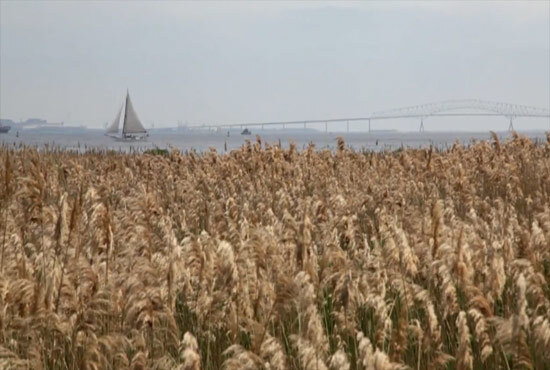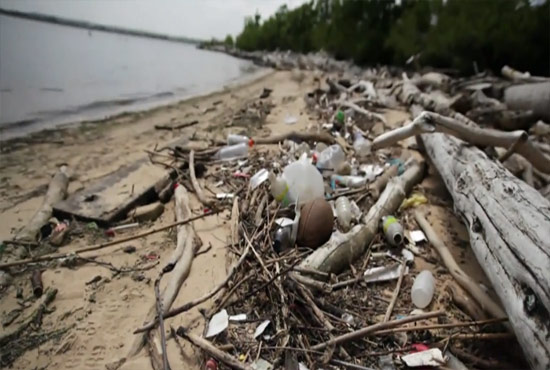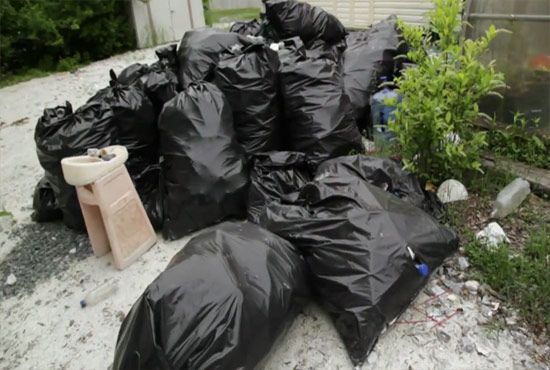Urban wetland provides refuge for Baltimore wildlife
Manmade wetland replenishes wildlife habitat and mitigates pollution in the Chesapeake Bay.
Overlooking Baltimore Harbor on a warm spring day, the grounds of Fort McHenry National Monument and Shrine are an alluring sight. The fort is now protected by the National Park Service (NPS), nearly 200 years after its historic stand during the Battle of Baltimore, which birthed our naitonal anthem.
Nestled outside of the fort’s borders is an urban wetland: seven acres of manmade wildlife habitat that set a progressive example of how to overcome urbanization, development and other modern-day environmental obstacles.
The wetland was created by the Maryland Transportation Authority in 1982 to mitigate the construction of the Interstate 95 tunnel. It is currently being restored under the supervision of The National Ocean Service (NOS) and The National Aquarium.
In 1998, the aquarium realized the potential of the wetland as an educational tool and now uses it to inform their 1.5 million annual visitors about estuarine systems. Their wetland-based educational programs include a student-tended nursery, a demonstration garden, a rain garden and a greenhouse filled with plants that act as a natural water filter to an attached striped bass tank.

Laura Bankey, the director of conservation at the National Aquarium, explained: “The marsh is a useful hands-on education tool for the National Aquarium, as well as a valuable refuge for wildlife in the city.”
It is home to a wide array of fish species, 250 bird species, mammals, reptiles and amphibians. The wetland also serves as an esteemed green space to the residents of Baltimore.
“I grew up just south of here on the Patapsco River," Bankey said. "I spent a lot of time outside as a kid and now that I have a daughter, I want the same for her. I want a place where she can play outside and walk barefoot.”

The wetland has overcome its fair share of obstacles; the original stone riprap built around wetland's culverts became problematic when the hard shoreline began to funnel debris and sediment into these culverts, blocking them from tidal flow and fish passage. In 2004, the wetland received second mitigation credits that led to the creation of a soft shoreline that now allows marine debris to accumulate in the marsh, which is cleaned up by an extensive network of volunteers.
Bankey credits a lot of the wetland’s success to volunteer efforts. “We have been hosting volunteer events since 1999,” Bankey said. “We had 179 volunteers come out here one day and pick up 15 tons of trash. We kept the bottles to show how many you can collect in one day,” she continued, pointing at a mountain of bottles, a visual that the National Aquarium uses to draw awareness to the issue of marine debris during volunteer and educational programs.

“Most of the trash that we pick out of the marsh is what we call 'convenience store' trash. Items like toys that are purchased, used once, then thrown away, or heavy plastics,” said Bankey. She pointed out that most of the lighter plastics, like plastic bags, tend get stuck farther upstream.
Bankey stressed the importance of community involvement and environmental education in the success of the Fort McHenry Urban Wetlands Restoration Project.
“We need to tackle the debris problem upstream, but it’s important to get people out here, hands-on, to show them how quickly it [debris] accumulates and what is possible with their help,” Bankey said.
Every spring, the fort recruits volunteers for an annual field day. Learn how to get involved.

Comments
There are no comments.
Thank you!
Your comment has been received. Before it can be published, the comment will be reviewed by our team to ensure it adheres with our rules of engagement.
Back to recent stories